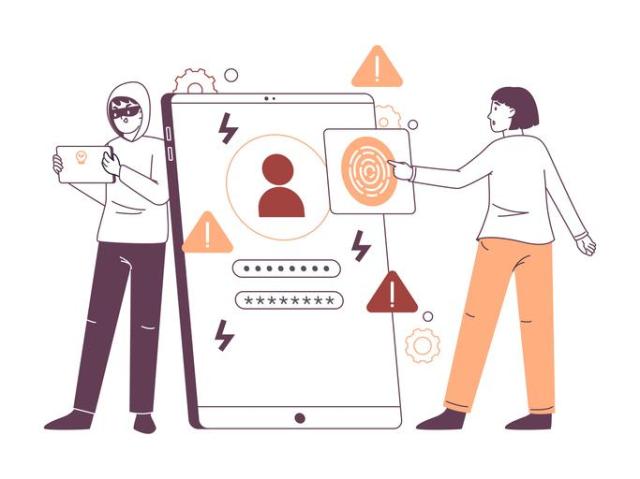
SEOUL, April 27 (AJP) - Voice phishing crimes in South Korea have surged in the first three months of this year, with damages more than doubling compared to the same period last year. The National Police Agency urged the public Sunday to be extra cautious.
Between January and March this year, police recorded 5,878 cases of voice phishing, up 17 percent from the same period in 2024. Losses totaled 311.6 billion won ($216.5 million), about 2.2 times higher than a year earlier. The average amount stolen per case also jumped sharply, reaching 53 million won.
Crimes involving scammers posing as government agencies made up 51 percent of all cases. Victims in their 50s and older accounted for 53 percent of the total, a reflection of how digital scams are increasingly targeting older age groups. That share has been growing steadily, from 32 percent in 2023, to 47 percent last year.
The police said that while scammers use various tricks, many of the scams begin the same way -- by getting victims to install a malicious app on their smartphones.
Once installed, these apps steal personal information, which criminals then use to impersonate public institutions and pressure victims into compliance. In one common tactic, scammers convince victims they have been implicated in an identity theft case. Victims are then instructed to buy a new phone and install a so-called “security app,” which is actually malware allowing remote access.
Other scams involve sending unsolicited credit cards and urging recipients to contact fake consumer protection centers. Again, a ploy to install malicious apps.
Scammers also use bait text messages with fake notices about funeral announcements, traffic fines, health check-up results, or overseas card payments. These messages often contain links designed to trick users into downloading malware.
The police investigators said the fake websites and apps were extremely sophisticated. They were able to steal basic personal information such as name, phone number, device model, and telecom carrier, while also recording calls, remotely controlling devices, and tracking victims’ real-time locations.
Also, criminals hijacked about 80 phone numbers legitimately used by the Financial Supervisory Service, prosecutors, and police. This allowed scam calls to appear on victims' phones as if they were coming from trusted institutions.
This was made possible by what authorities describe as “forced receive” and “forced dial” apps—malicious tools that intercept incoming and outgoing calls without the user’s knowledge.
Copyright ⓒ Aju Press All rights reserved.





View more comments